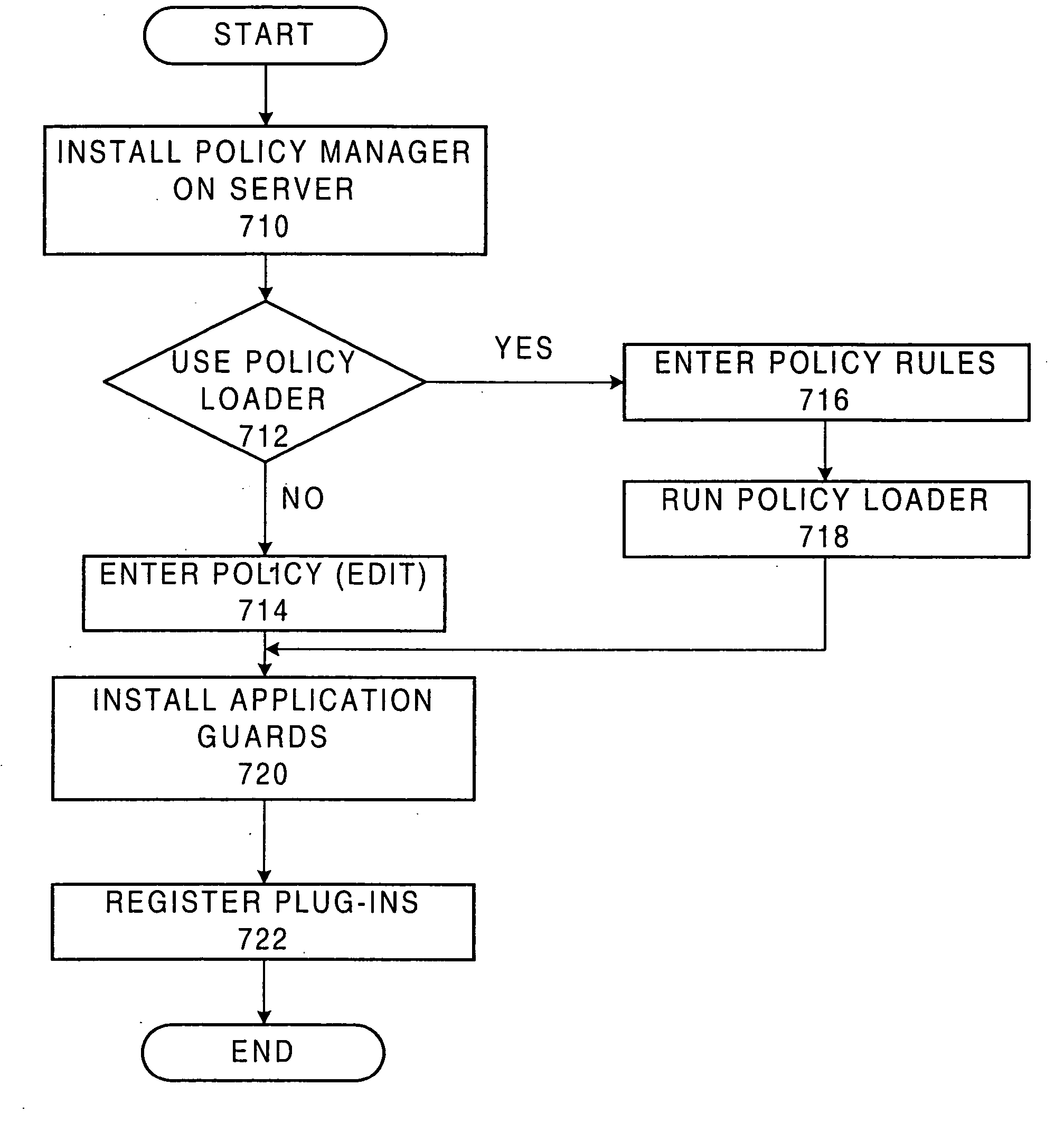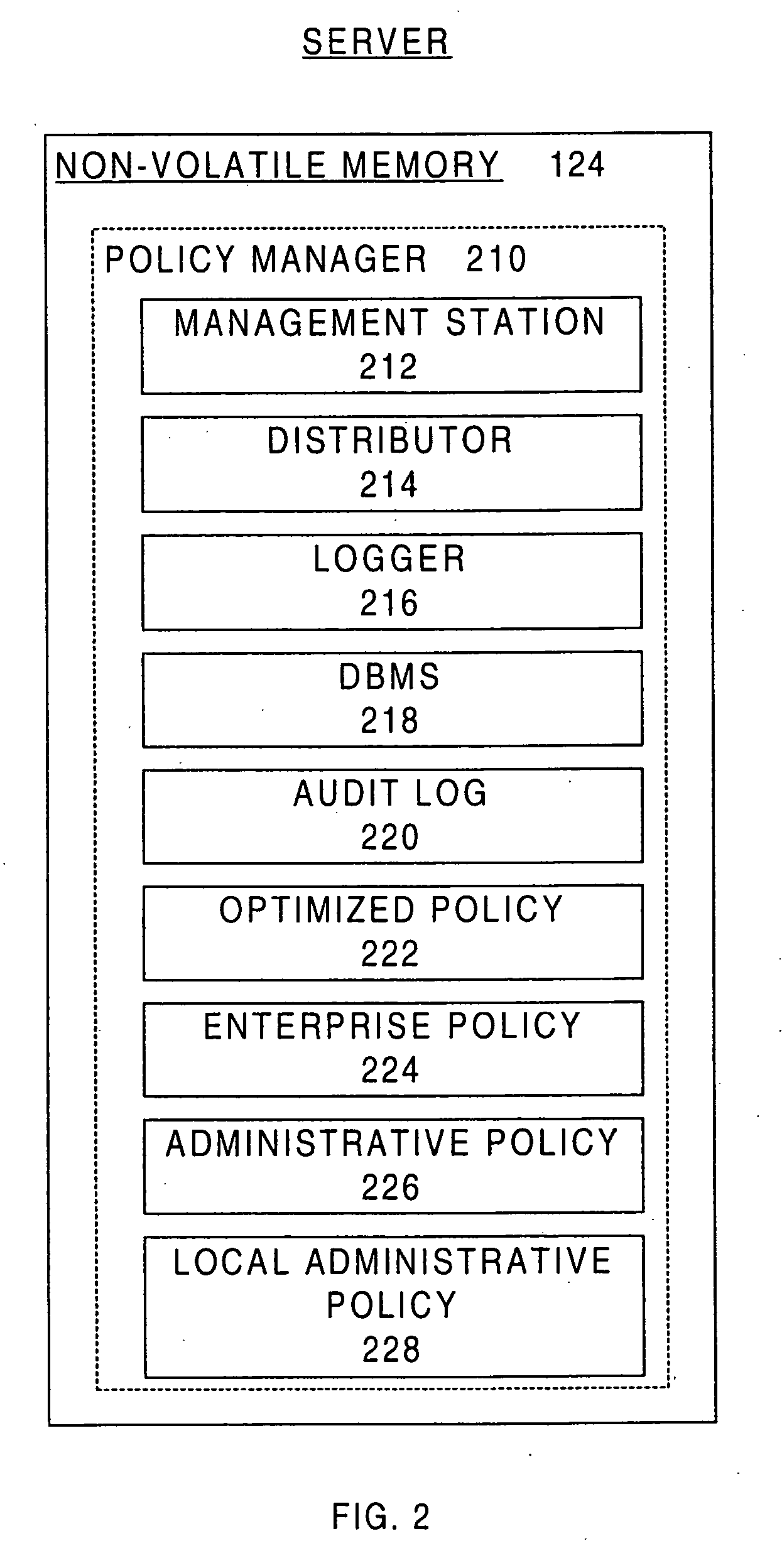System and method for maintaining security in a distributed computer network
a distributed computer network and security technology, applied in the field of computer security systems, can solve the problems of complex computer security issues, major obstacles, and complex access of employees, customers and partners to critical information assets, and achieve the effect of ensuring security, ensuring security, and ensuring security
- Summary
- Abstract
- Description
- Claims
- Application Information
AI Technical Summary
Benefits of technology
Problems solved by technology
Method used
Image
Examples
Embodiment Construction
[0040] The present invention relates to an improvement in security techniques to protect computer systems against unauthorized access. The following description is presented to enable one of ordinary skill in the art to make and use the invention and is provided in the context of a patent application and its requirements. Various modifications to the preferred embodiment will be readily apparent to those skilled in the art and the generic principles herein may be applied to other embodiments. Thus, the present invention is not intended to be limited to the embodiment shown but is to be accorded the widest scope consistent with the principles and features described herein.
[0041] The present invention includes a system and method for managing and enforcing complex security requirements in a distributed computer network, and comprises a policy manager located on a server for managing and distributing a policy to a client, and an application guard located on the client, the application...
PUM
 Login to View More
Login to View More Abstract
Description
Claims
Application Information
 Login to View More
Login to View More - R&D
- Intellectual Property
- Life Sciences
- Materials
- Tech Scout
- Unparalleled Data Quality
- Higher Quality Content
- 60% Fewer Hallucinations
Browse by: Latest US Patents, China's latest patents, Technical Efficacy Thesaurus, Application Domain, Technology Topic, Popular Technical Reports.
© 2025 PatSnap. All rights reserved.Legal|Privacy policy|Modern Slavery Act Transparency Statement|Sitemap|About US| Contact US: help@patsnap.com



